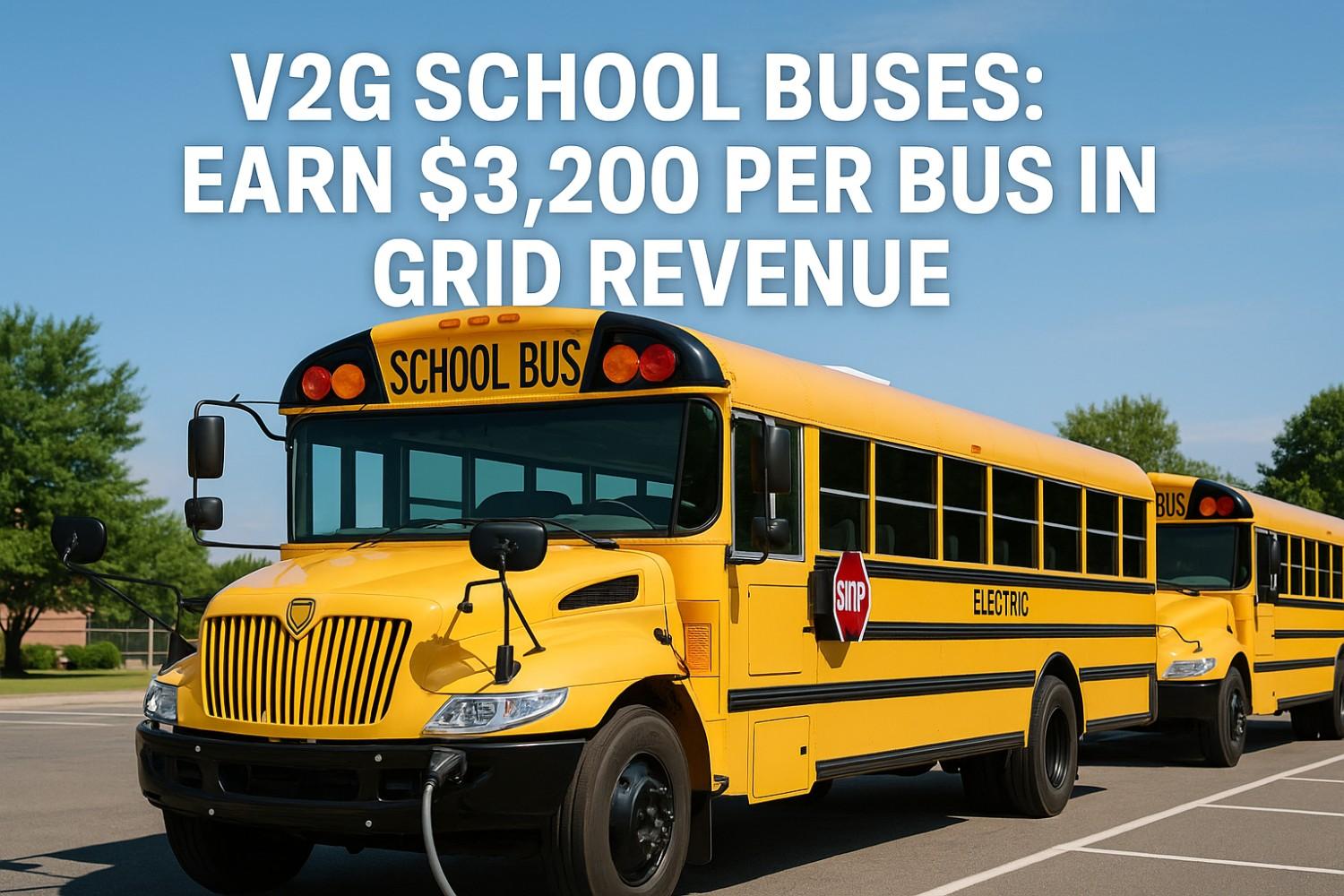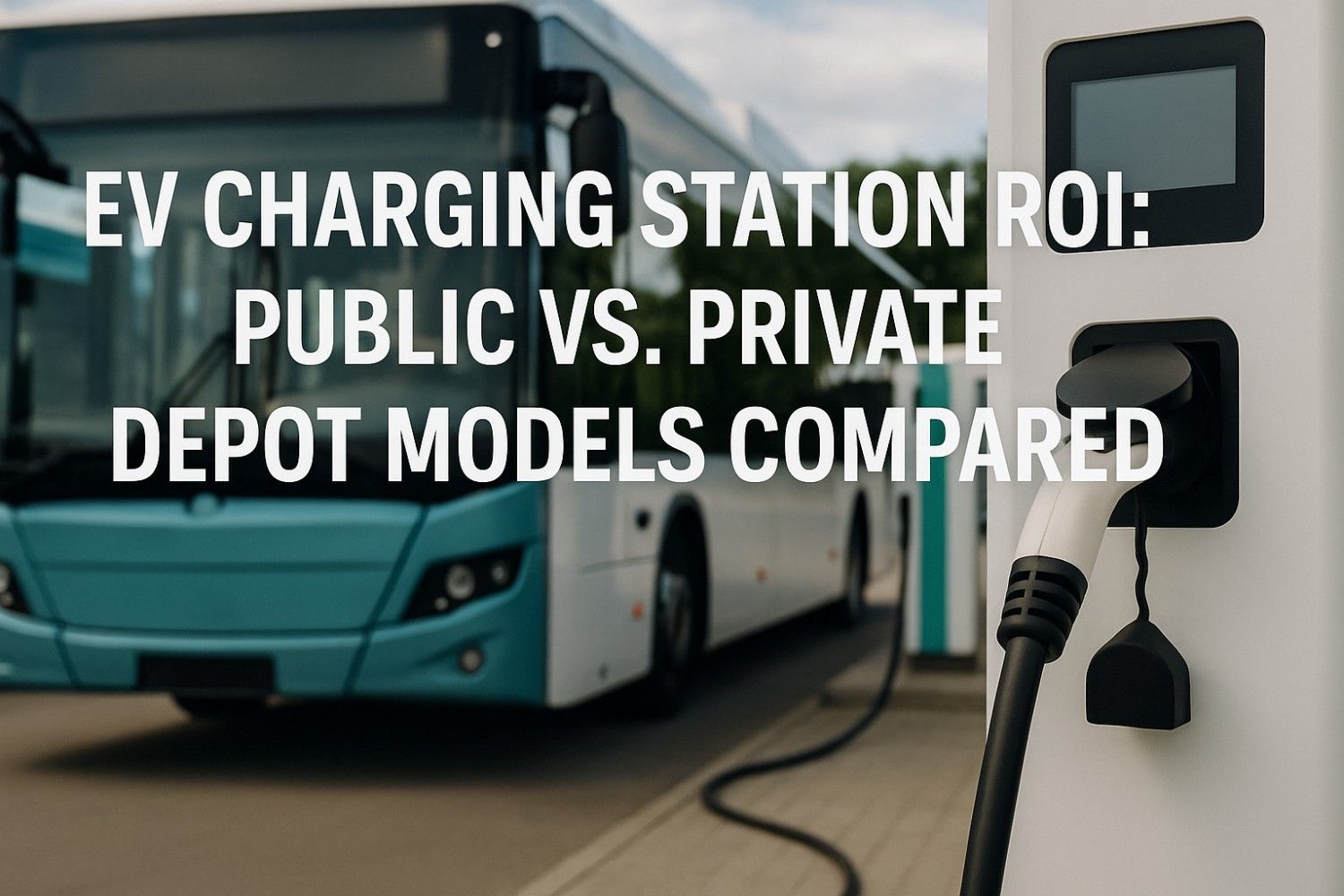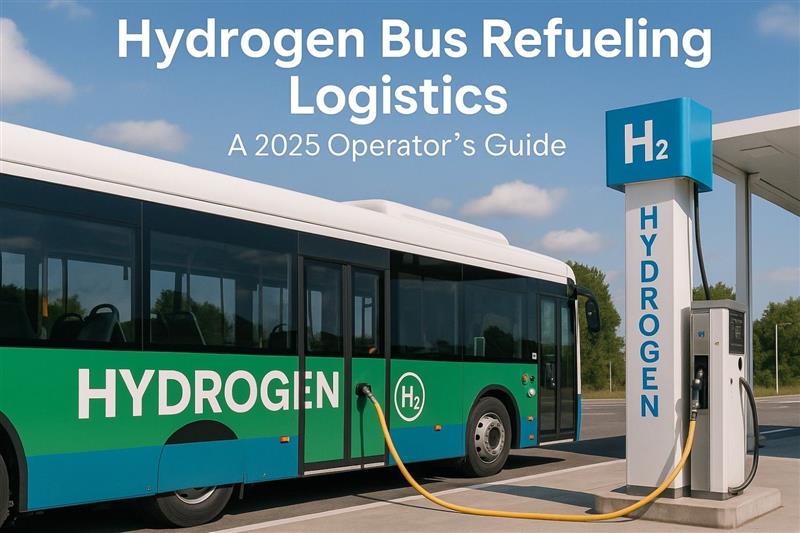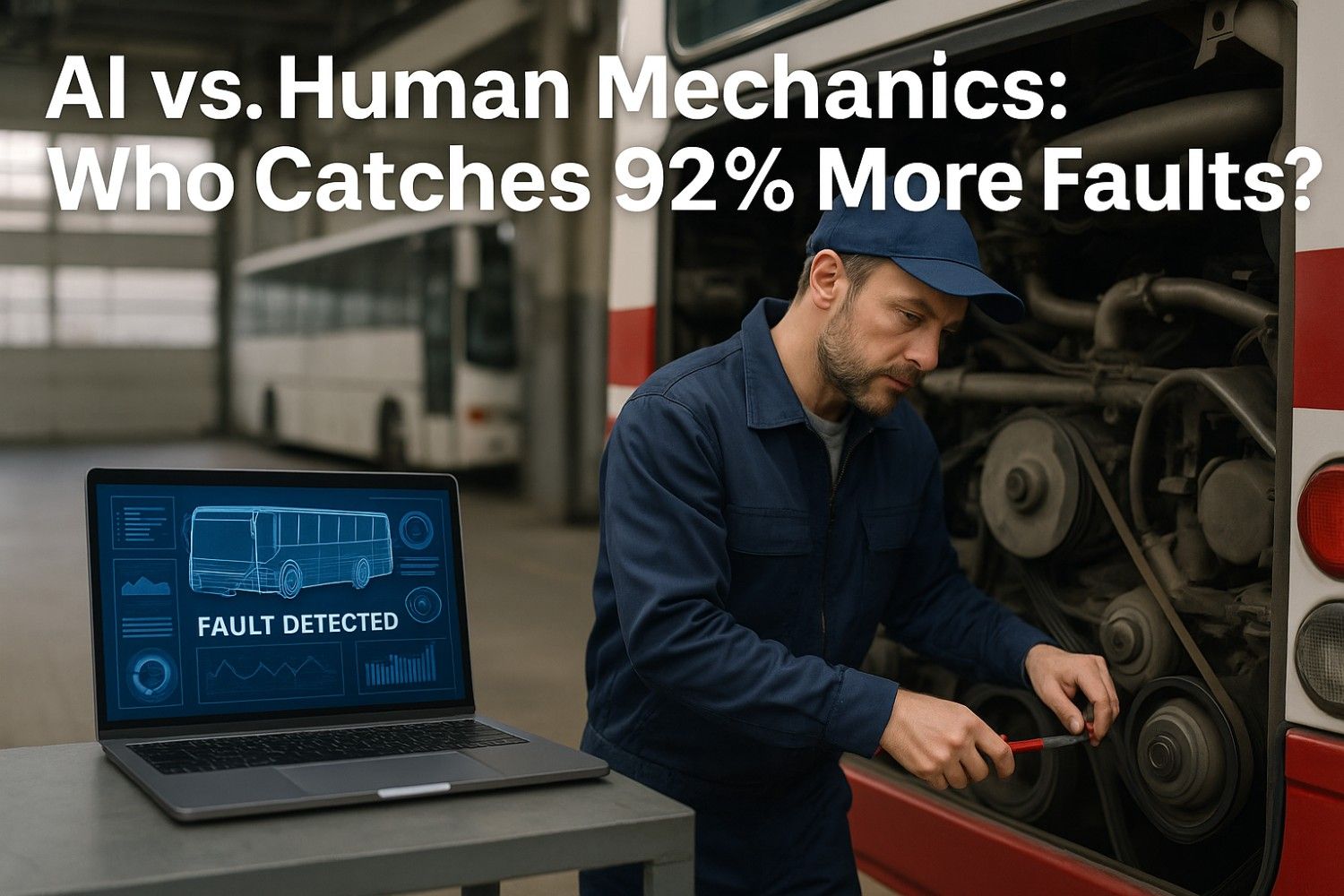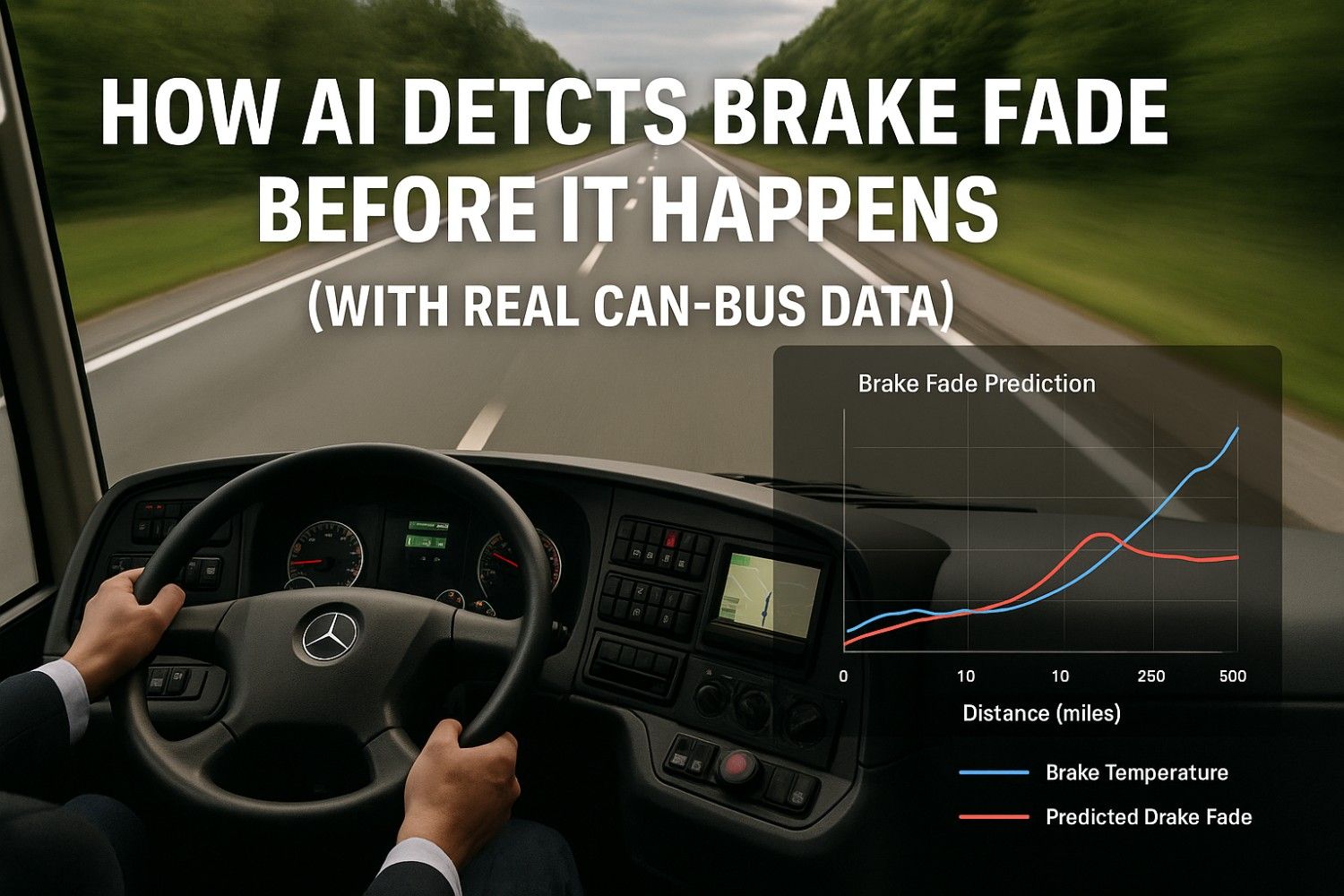Electric school buses aren't just transportation assets anymore—they're becoming profitable energy storage systems that generate thousands of dollars in annual grid revenue. Vehicle-to-Grid (V2G) technology transforms idle school buses into grid-stabilizing power sources, allowing districts to sell electricity back to utilities during peak demand periods. For manufacturing professionals in the transportation sector, understanding V2G represents a fundamental shift in how fleet assets deliver value beyond their primary transportation mission.
The financial case for V2G school buses has reached a tipping point in 2025. School districts across the United States are now earning between $2,000 and $5,000 per bus annually through demand response programs, capacity payments, and wholesale energy market participation. When you consider that most school buses sit idle 18-20 hours per day and completely unused during summer months, V2G technology unlocks tremendous revenue potential from what was previously just a parked asset. Combined with modern V2G CMMS platforms that automate energy trading while protecting transportation priorities, the technology has matured from experimental concept to proven revenue generator.
How V2G Technology Works for School Buses
Vehicle-to-Grid technology enables bidirectional power flow between electric vehicles and the electrical grid. Unlike standard charging systems that only push electricity into vehicle batteries, V2G-equipped school buses can both receive power during off-peak hours and discharge power back to the grid during high-demand periods. This bidirectional capability transforms school bus fleets into distributed energy resources that utilities can call upon to balance grid load and avoid expensive peak power generation.
The technical implementation centers on bidirectional chargers that manage power flow in both directions while ensuring batteries maintain adequate charge for transportation duties. Modern V2G systems use sophisticated algorithms to balance three competing priorities: ensuring buses are fully charged for morning routes, maximizing grid revenue during profitable discharge windows, and protecting battery health through optimized charge-discharge cycling. These systems communicate directly with grid operators through automated demand response protocols, receiving pricing signals and dispatch commands that trigger revenue-generating events without requiring manual intervention.
What makes school buses particularly attractive for V2G applications is their predictable schedules and long idle periods. Transportation directors know exactly when buses will depart for morning routes, when they'll return, and when they'll be needed again for afternoon service. This predictability allows V2G systems to confidently commit battery capacity to grid services during mid-day hours and overnight periods. During summer break, when buses sit completely unused, V2G school buses essentially become stationary energy storage systems generating continuous revenue while requiring no additional capital investment.
Revenue Streams and Financial Analysis
Understanding the multiple revenue streams available through V2G participation is essential for building accurate financial models. School districts aren't limited to a single income source—they can stack multiple programs to maximize returns while maintaining operational flexibility for transportation needs.
Demand response programs represent the most accessible entry point for V2G school buses. These programs pay districts to reduce grid consumption or discharge power during peak demand events, typically summer afternoons when air conditioning loads stress the grid. Compensation rates vary by region and program structure, but average $800-$1,500 per bus annually for participation that requires just 20-40 discharge events per year. The California Self-Generation Incentive Program and similar state initiatives provide additional upfront incentives of $200-$400 per kilowatt-hour of battery capacity enrolled in V2G programs.
Capacity payments provide steady baseline revenue for committing battery capacity to grid operators. These contracts guarantee that buses will be available for dispatch during specified windows, regardless of whether actual discharge events occur. Capacity payments range from $50-$150 per kilowatt per year depending on regional market conditions. For a school bus with 150kW bidirectional charging capacity, this translates to $7,500-$22,500 annually in capacity revenue alone—though school districts typically commit only 50-70% of theoretical capacity to protect transportation priorities.
The most sophisticated V2G operators participate directly in wholesale energy markets, buying low and selling high to generate arbitrage profits. Advanced V2G CMMS platforms automate this trading by monitoring real-time electricity prices, forecasting demand patterns, and executing optimal charge-discharge schedules. Districts in competitive electricity markets like PJM Interconnection or CAISO can add $1,200-$2,000 per bus annually through energy arbitrage—charging buses when overnight rates drop to $0.02-$0.04 per kilowatt-hour and discharging during afternoon peaks when prices spike to $0.30-$0.50 per kilowatt-hour. The software handles all trading automatically while ensuring morning routes never face range anxiety.
When you stack these revenue streams—demand response payments, capacity contracts, and energy arbitrage—progressive school districts are achieving $2,800-$4,200 per bus in annual V2G income. The higher end of this range requires participation in multiple programs simultaneously, which is where integrated V2G CMMS platforms become indispensable. These systems manage complex program requirements, track performance across different revenue streams, and optimize scheduling to maximize total income while never compromising transportation service reliability.
The financial impact compounds across fleet scale. A district operating 50 electric school buses with V2G capability can generate $160,000-$210,000 in annual grid revenue. This income typically exceeds the incremental cost of V2G-capable bidirectional chargers versus standard one-way charging equipment, delivering positive return on investment within 2-3 years. For districts that already committed to electric bus purchases through EPA Clean School Bus funding, adding V2G capability represents a modest incremental investment that fundamentally changes the economic equation for electric school bus adoption. Fleet operators looking to understand how V2G revenue projections apply to their specific operations can schedule a personalized V2G assessment to review their fleet profile and regional market opportunities.
CMMS Integration for V2G Fleet Management
Successfully managing V2G school bus operations requires sophisticated software integration that coordinates transportation scheduling, energy trading, battery health monitoring, and maintenance operations in a unified platform. The complexity exceeds what transportation directors can manage manually, making V2G CMMS integration essential rather than optional for districts serious about maximizing grid revenue.
Modern V2G CMMS platforms function as the central nervous system for school bus energy operations. These systems maintain real-time connections with grid operators, receive pricing signals and dispatch commands, and automatically execute charging and discharging schedules that balance revenue generation with transportation reliability. The CMMS knows every bus's daily route assignment, departure time, required range, and current battery state—ensuring no vehicle ever participates in grid services if doing so might compromise its ability to complete scheduled routes.
Battery health protection represents a critical CMMS function that directly impacts long-term economics. Lithium-ion batteries degrade based on cycling patterns, depth of discharge, and operating temperatures. Naive V2G implementations that maximize short-term revenue while ignoring battery health can accelerate degradation and shorten vehicle lifespan. Advanced V2G CMMS platforms track individual battery pack performance, monitor degradation rates, and adjust discharge parameters to optimize lifetime value rather than immediate income. These systems might limit a particular bus's V2G participation if its battery shows above-average degradation, protecting the district's capital investment while allowing healthy batteries to earn maximum revenue.
The most sophisticated platforms integrate V2G operations with traditional fleet maintenance management, creating unified visibility across both transportation and energy functions. Maintenance technicians see upcoming V2G events alongside scheduled service appointments, allowing them to coordinate maintenance windows with low-revenue periods. The system automatically removes buses from V2G participation when they're scheduled for service, preventing revenue losses from failed dispatch events. This integration eliminates the operational headaches that plagued early V2G deployments where energy and transportation teams worked from separate systems with no coordination. Manufacturing professionals evaluating CMMS solutions for their fleet operations can explore integrated V2G management platforms that combine traditional maintenance tracking with revenue-generating energy services.
Ready to explore how your fleet can generate revenue through V2G technology while maintaining perfect transportation reliability? Discover CMMS platforms designed specifically for electric bus operations with integrated V2G management, battery health monitoring, and automated revenue optimization that puts your idle assets to work.
Getting StartedBook a Demo
Three School Districts Successfully Earning Grid Revenue
The most compelling evidence for V2G school bus viability comes from districts already generating meaningful revenue while maintaining flawless transportation service. These three examples demonstrate different scales and approaches, each offering insights applicable to districts considering V2G adoption.
Beverly Hills Unified School District (California) operates what may be the most financially successful V2G school bus program in the United States. Their fleet of 30 electric school buses equipped with 60kW bidirectional chargers earned over $127,000 in grid revenue during the 2024-25 school year—averaging $4,233 per bus. Beverly Hills achieved these results through aggressive participation in multiple California programs including demand response, capacity markets, and direct energy arbitrage trading.
The key to Beverly Hills' success is their advanced V2G CMMS platform that treats the school bus fleet as a virtual power plant. The system aggregates all 30 buses into a single dispatchable resource that can provide 1.8 megawatts of grid support when fully deployed. This scale allows Beverly Hills to participate in wholesale electricity markets that require minimum capacity commitments beyond what individual buses could provide. During summer months when buses sit completely unused, the district's V2G fleet generates $15,000-$20,000 monthly in continuous grid revenue—essentially paying for the fleet's insurance and storage costs through energy services alone.
Montgomery County Public Schools (Maryland) took a more conservative approach with their initial V2G deployment, starting with just 10 buses as a pilot program. Their measured strategy focused on proving reliability and building operational confidence before scaling. During their first full year of operations, Montgomery County earned $28,400 in grid revenue averaging $2,840 per bus—below Beverly Hills but still demonstrating solid returns with minimal operational disruption.
Montgomery County's strength lies in their meticulous documentation and financial tracking. Their V2G CMMS generates detailed reports showing exactly how much revenue each bus contributed, which programs delivered the best returns, and how V2G participation impacted battery health and maintenance costs. This data-driven approach allowed transportation leadership to build a compelling business case for fleet expansion. Montgomery County has now committed to scaling their V2G fleet to 100 buses over the next three years based on proven pilot results, with financial projections showing $320,000 in annual grid revenue at full deployment.
White Plains School District (New York) demonstrates that V2G can work at small scale. Their fleet of just 5 electric school buses with bidirectional charging generated $14,200 in V2G revenue during their first year—$2,840 per bus. While the absolute dollar amounts are modest, White Plains proved that districts don't need massive fleets to participate profitably in V2G programs.
White Plains' innovation came through their partnerships. Rather than building in-house V2G expertise, they contracted with a specialized aggregator that handles all grid market participation, trading, and compliance reporting. The district's CMMS communicates bus availability to the aggregator's platform, which then optimizes V2G participation across multiple client fleets to achieve scale economies. This turnkey approach makes V2G accessible to smaller districts that lack the technical staff to manage complex energy market participation independently. White Plains receives 70% of gross V2G revenue with the aggregator retaining 30% for their services—a split that still delivers attractive returns for the district while eliminating operational complexity.
Technical Requirements and Implementation Roadmap
Successfully implementing V2G school bus operations requires careful attention to technical requirements that extend beyond simply purchasing bidirectional chargers. The infrastructure, interconnection approvals, software integration, and operational procedures must work together seamlessly to generate revenue reliably while protecting transportation priorities.
Bidirectional charging infrastructure represents the most visible technical requirement. V2G-capable chargers cost approximately $25,000-$45,000 installed compared to $8,000-$15,000 for standard one-way DC fast chargers. This premium buys power electronics that can push electricity from vehicle batteries back to the grid at high power levels while meeting utility interconnection requirements. The most common configuration for school bus V2G uses 60-150kW bidirectional chargers—powerful enough to discharge most of a bus battery in 90-120 minutes while still allowing reasonable charging times. Districts typically install one bidirectional charger per 2-3 buses, using standard one-way chargers for routine overnight charging and reserving V2G-capable positions for high-value discharge events.
Utility interconnection approval can be the longest and most frustrating part of V2G implementation. School districts must apply for permission to export power back to the grid, often requiring engineering studies to verify the facility's electrical service can safely handle bidirectional power flow. This process takes 3-9 months depending on utility responsiveness and any required infrastructure upgrades. Progressive utilities have streamlined V2G interconnection processes, but others still treat each application as a custom project. Working with experienced V2G integrators who understand local utility requirements can dramatically reduce interconnection timelines and avoid costly missteps.
Software integration represents the final critical component. The V2G CMMS must communicate with multiple systems: the school district's transportation dispatch system for route assignments, the charging infrastructure for power control, grid operators for dispatch signals and pricing data, and utilities for settlement and billing. This complex integration requires robust APIs and experienced implementation support. Districts should budget 2-4 months for software configuration, testing, and staff training even when using proven V2G CMMS platforms. The payoff comes from automated operations that require minimal ongoing staff time—successful V2G programs typically add less than 5 hours weekly to transportation department workload once fully operational. Fleet operators ready to begin their V2G journey can book a consultation to review implementation timelines and technical requirements specific to their facility and utility territory.
A realistic V2G implementation timeline for school districts spans 12-18 months from initial decision to revenue generation. Months 1-3 focus on selecting equipment vendors, choosing V2G CMMS platforms, and beginning utility interconnection applications. Months 4-9 cover infrastructure installation, software integration, and interconnection approval completion. Months 10-12 involve testing, staff training, and enrollment in grid programs. Revenue generation typically begins in month 13-15, though some districts pursue accelerated timelines by starting with smaller pilot deployments while scaling infrastructure for full fleet conversion.
Vehicle-to-Grid technology has transformed electric school buses from simple transportation assets into revenue-generating distributed energy resources. The financial case is now compelling: districts can earn $2,000-$5,000 per bus annually through grid services while maintaining perfect transportation reliability. When scaled across typical school bus fleets of 30-100 vehicles, V2G revenue can offset a significant portion of electric bus operating costs—sometimes even exceeding the total cost of electricity consumed for transportation purposes.
For manufacturing professionals in the transportation sector, V2G represents both an opportunity and a competitive imperative. Districts evaluating electric bus purchases increasingly view V2G capability as essential rather than optional—those that can't generate grid revenue face higher total cost of ownership compared to V2G-enabled alternatives. Success requires moving beyond traditional vehicle sales to providing integrated solutions that combine electric buses, bidirectional charging infrastructure, and sophisticated V2G CMMS platforms. The districts banking the most substantial grid credits today are those that treated V2G as a comprehensive energy services opportunity from the start, not as an afterthought to their transportation electrification journey.
Frequently Asked Questions
Q: How much can school districts realistically earn per bus through V2G programs?
A: School districts are currently earning $2,000-$5,000 per bus annually through V2G grid services, with the average around $3,200. Revenue varies based on regional electricity markets, program participation levels, and fleet scale. Districts participating in multiple programs simultaneously—demand response, capacity markets, and energy arbitrage—achieve the highest returns. Summer months when buses sit idle generate particularly strong revenue as batteries remain available for grid services 24/7.
Q: Will V2G participation affect battery life and increase replacement costs?
A: Modern V2G CMMS platforms protect battery health through optimized charge-discharge cycling that can actually extend battery life compared to batteries left at high state of charge for extended periods. The key is limiting depth of discharge, avoiding extreme temperatures, and managing cycle counts. Well-designed V2G programs limit batteries to 60-80% depth of discharge and avoid charging above 90% when not needed for transportation, both practices that improve longevity. Studies show properly managed V2G operations have negligible impact on battery degradation rates.
Q: What happens if a V2G discharge event conflicts with an unexpected transportation need?
A: Advanced V2G CMMS platforms prioritize transportation needs absolutely over grid revenue. These systems maintain minimum battery charges that guarantee buses can complete emergency routes even during active discharge events. Transportation directors can override any V2G activity instantly through the CMMS interface. Most districts set conservative minimum charge thresholds of 70-80% to ensure multiple extra trips are always possible. In practice, conflicts rarely occur because school bus schedules are highly predictable and V2G systems learn daily patterns to avoid even theoretical conflicts.
Q: What's the difference between bidirectional chargers and standard EV charging equipment?
A: Standard EV chargers only push electricity into vehicle batteries (one-way flow), while bidirectional V2G chargers can both charge vehicles and discharge power back to the grid. Bidirectional chargers cost $25,000-$45,000 installed compared to $8,000-$15,000 for one-way DC fast chargers. The premium buys power electronics capable of grid-quality AC power output, utility interconnection compliance, and sophisticated control systems that protect both batteries and grid infrastructure. Districts typically install a mix—enough bidirectional chargers for V2G operations and standard chargers for routine overnight charging.
Q: How long does it take to implement a V2G program for a school bus fleet?
A: A complete V2G implementation typically takes 12-18 months from initial planning to active revenue generation. Utility interconnection approval (3-9 months) represents the longest variable timeline. Infrastructure installation takes 2-4 months, software integration requires 2-4 months, and initial testing and program enrollment adds another 2-3 months. Districts can accelerate timelines by starting with pilot programs on a portion of their fleet while scaling infrastructure for full deployment. Working with experienced V2G integrators familiar with local utility requirements can significantly reduce implementation time.
